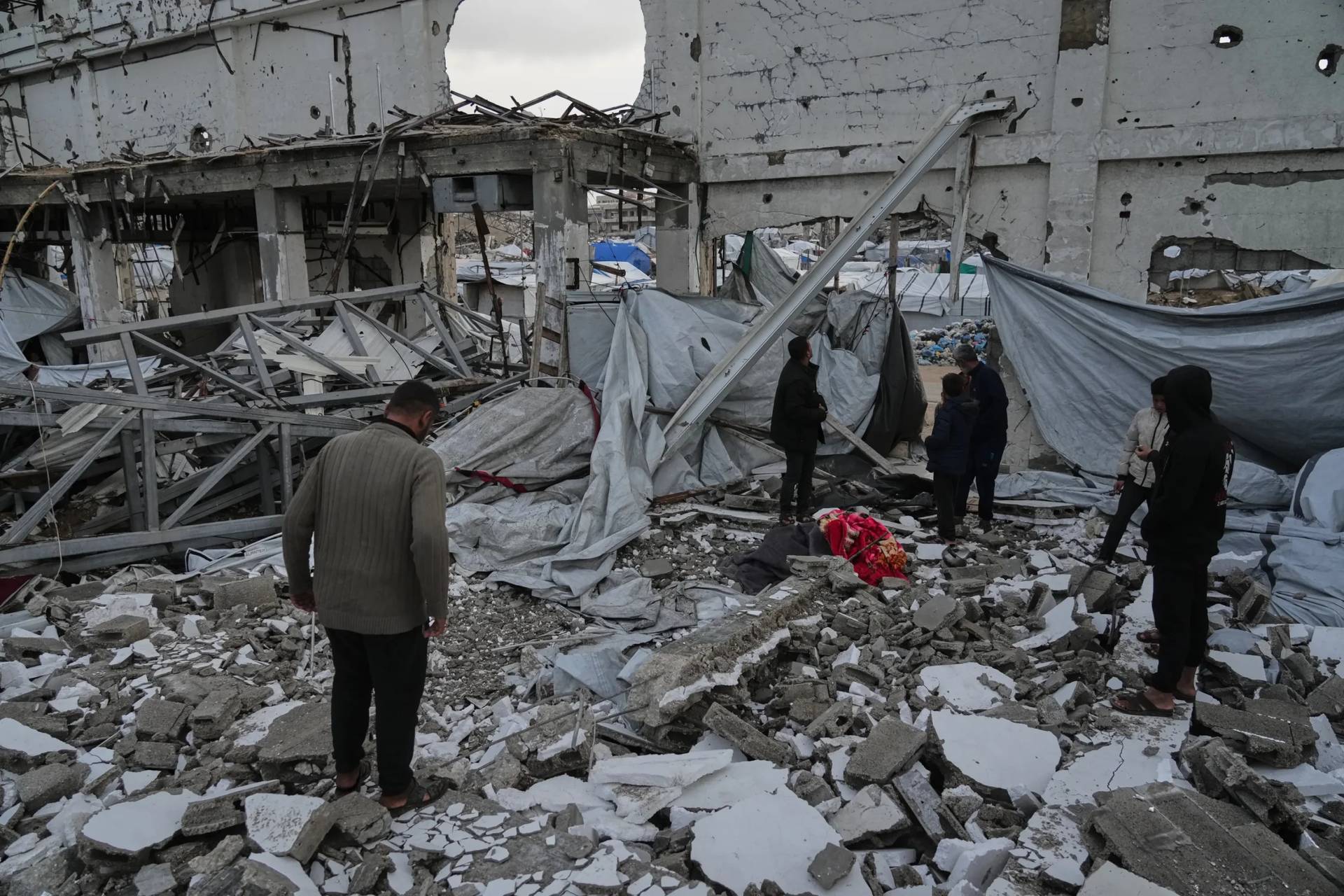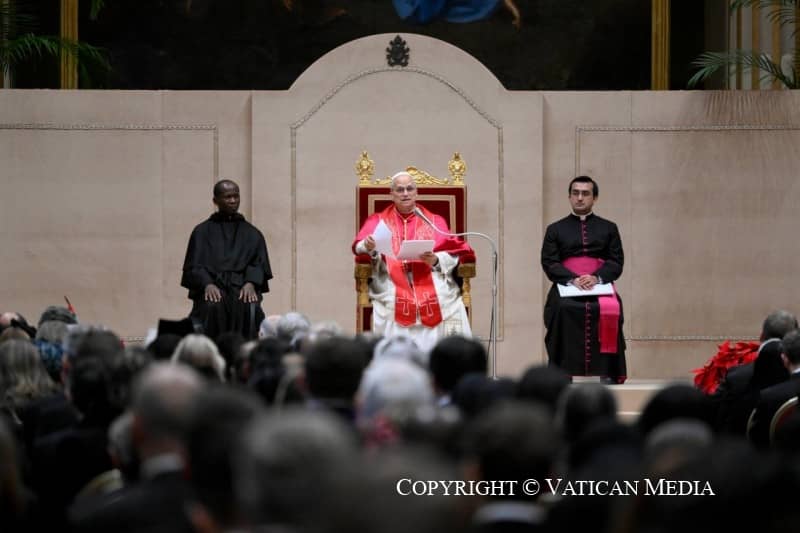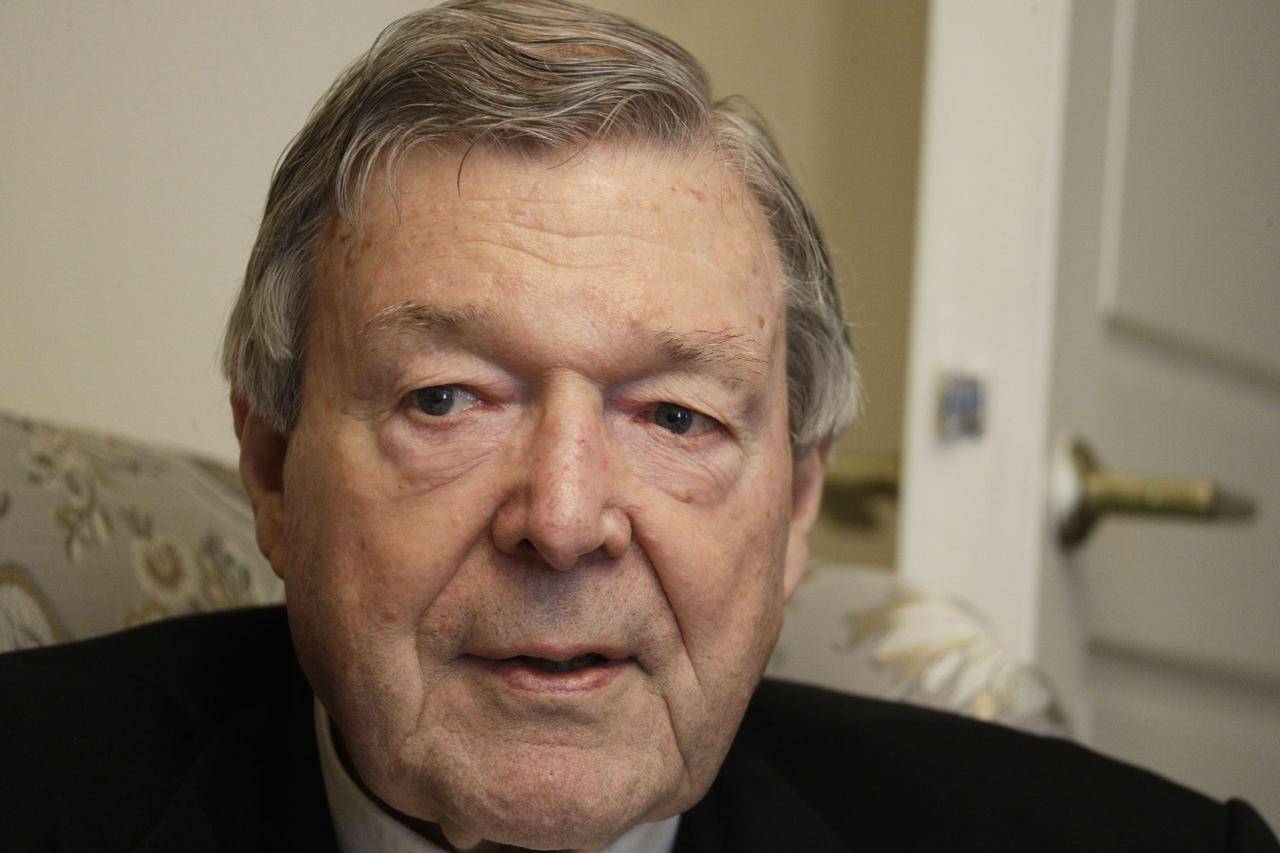KEY WEST, Florida – Back in 1938, American historian Crane Brinton nailed it in his famous work The Anatomy of Revolution: “The revolutionists have hitherto been acting as an organized and nearly unanimous group,” he wrote, surveying the British, American, French and Russian revolutions, “but with the attainment of power it is clear that they are not united.”
Brinton’s diagnosis comes to mind in light of two months of financial scandal and controversy in the Vatican, the latest twist to which came Wednesday with the pope’s appointment of a veteran Italian banker as the new head of the Vatican’s Financial Information Authority, its anti-money laundering and financial crime unit.
RELATED: Pope taps former Bank of Italy exec to head watchdog agency
Though it’s far from a complete explanation, one wonders if the upheaval is at least partly the result of differing concepts of “reform,” which were submerged at the beginning of the Francis revolution but which have been progressively coming to the surface as time wears on.
One model, which we might call “Anglo-Saxon and German,” is premised on international best practices, strong legal and regulatory structures, sound investment strategies delivering good return on investments, and receptivity to private-sector approaches and solutions.
Another, which we could dub “Latin and Mediterranean,” is more populist. By “reform,” it intends ending corruption, insisting that public money should serve public rather than private ends, a distrust of elites, and a strong option for the poor. It’s less rule-based than outcome-based, judging transactions primarily by the good they’re designed to do rather than strict compliance with accounting requirements.
I’m giving these models geographic names, but of course that’s not to say a given Anglo-Saxon might not be more inclined to the Latin approach or vice-versa. The models aren’t mutually exclusive, but they are different.
A good example of the clash between these two mindsets might be the controversy that erupted in 2018 over a Vatican request to the U.S.-based Papal Foundation to provide a $25 million loan to shore up a Roman hospital on the brink of failure. For American laity on the foundation’s board, it was a dubious case of throwing good money after bad; for the pope’s team, it was about saving jobs and preserving an important health care provider in the Eternal City.
I recall running into one flustered Vatican official after the controversy broke, who pushed me on why “the Americans” didn’t seem to understand that this was Pope Francis acting as a good Bishop of Rome. If helping workers and sick people in town required a few inconveniences to wealthy donors, he insisted, good for the pope.
The tension also seemed clear in the short-lived tenure of Australian Cardinal George Pell as the Vatican’s financial czar, whose wings were clipped significantly by Francis well before charges of sexual abuse led to his indictment and conviction back home. (Pell, who has always maintained his innocence, is awaiting his final appeal of those charges.)
More recently, another pillar of the Anglo-Saxon/Germanic model of reform inside the Vatican has fallen in the form of Swiss lawyer and anti-money laundering expert Rene Brülhart, formerly the president of the Vatican’s Financial Information Authority (AIF), who, depending on whom one believes, on Nov. 18 a) ended his term and left office, b) resigned in frustration, or c) was fired.
Brülhart’s ouster came amid a metastasizing controversy over a $225 million land deal in London executed by the Vatican’s Secretariat of State, suspicions over which led to a raid of the Secretariat and Brülhart’s office on Oct. 1 by Vatican gendarmes, the seizure of confidential records, and the suspension of five officials, including Brülhart’s deputy Tommaso di Ruzza.
During his customary in-flight news conference Tuesday coming back from Japan, Francis essentially threw AIF (and, by extension, Brülhart) under the bus.
“It seems that AIF didn’t control the crimes of others,” Francis said, referring to the London land deal and allegations that, among other things, the Italian financiers involved had reaped exorbitant profits.
Honestly it was a curious statement, given that under statutes for AIF Francis himself approved in 2013, it has no authority over the Secretariat of State’s use of money. Its writ is largely restricted to the Institute for the Works of Religion, the so-called “Vatican bank.”
It’s not clear what Francis knows that led him to such a judgment, but it’s probably not surprising that in a contest between the two models of reform sketched above, his natural sympathies would be more with the Latin populist one.
To replace Brülhart, Francis Wednesday named veteran Italian banker Carmelo Barbagallo. The move came two weeks after the pope tapped Spanish Jesuit Father Juan Antonio Guerrero as the new prefect for the Secretariat of the Economy, replacing Pell.
Strikingly, that’s a Swiss lawyer and an Aussie replaced by an Italian and a Spaniard.
Francis’s instincts were seemingly confirmed in that inflight news conference when he addressed the fact that prompted by the Egmont group, a global network of financial intelligence units of which he was formerly vice-chair, Brülhart had asked for the return of the seized documents in order to comply with guarantees of data security made in Memoranda of Understanding with other financial intelligence units around the world.
“International control doesn’t depend on the Egmont Group,” Francis said. “It’s a private group that has its weight. But it’s a private group.”
The comment appeared to reflect ambivalence about private entities, even though calling the Egmont Group “private” isn’t really accurate. It’s an organization made up of governmental units.
One way of reading the ups and downs of Vatican financial reform over the last six years, therefore, might be a gradual (and largely inevitable) collision between two models of reform that seemed compatible when the object was merely ending the status quo, but which have come into conflict increasingly ever since.
With this week’s developments, it would seem Francis has largely consolidated control in the hands of people closer to his own Latin and populist model. What remains to be seen is whether that clears the way for forward movement, clarifying the real goals of reform – or whether, in effect if not intent, the Vatican is actually moving back to the future.














